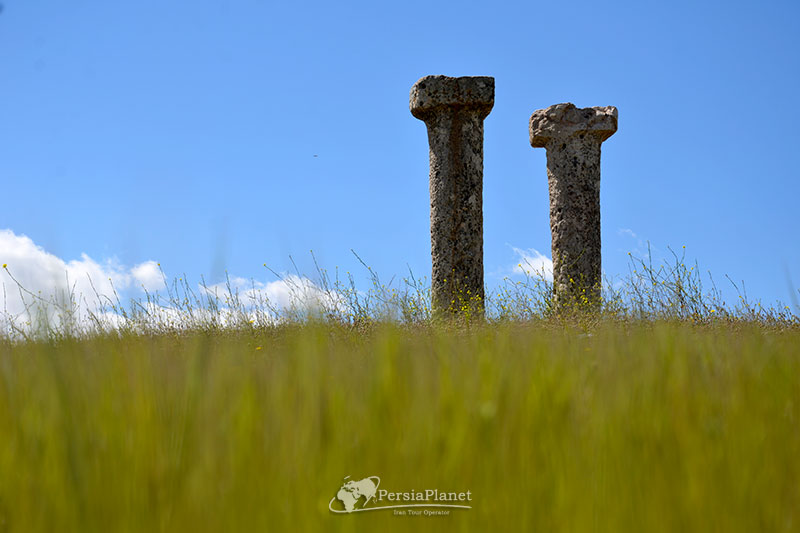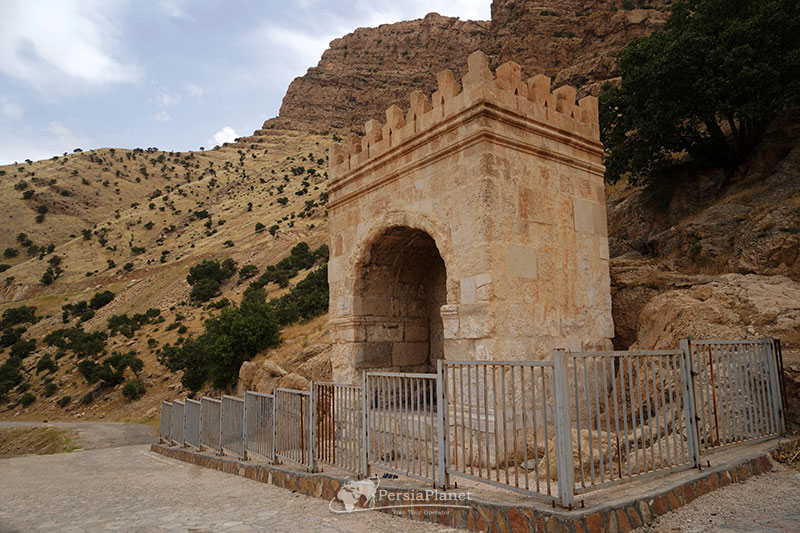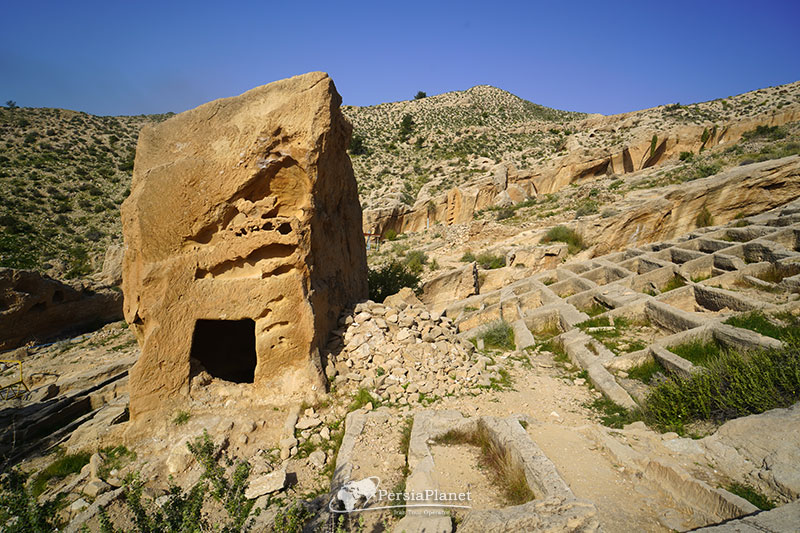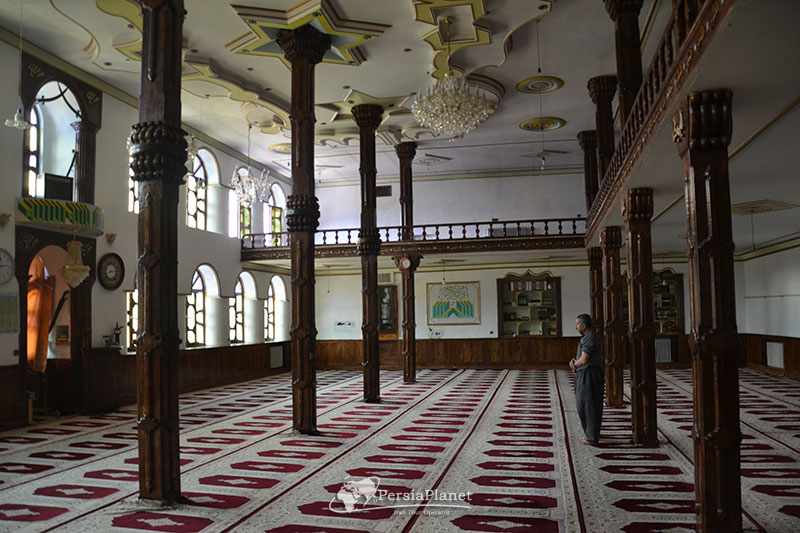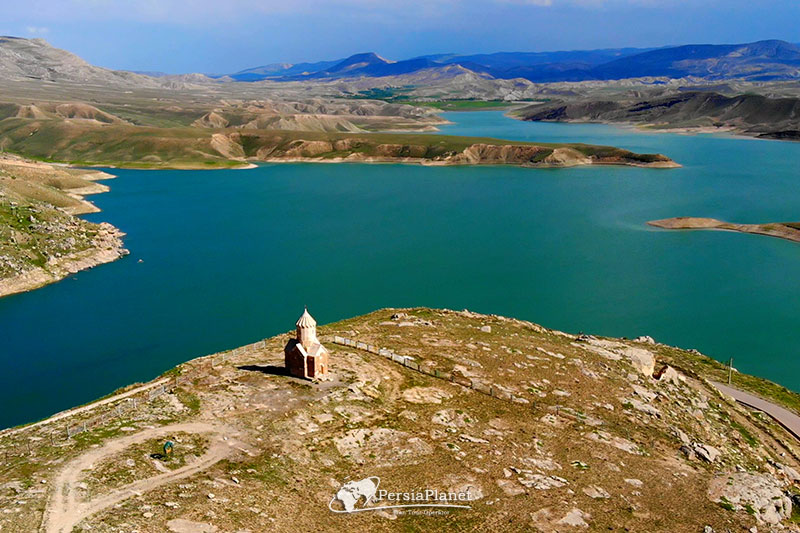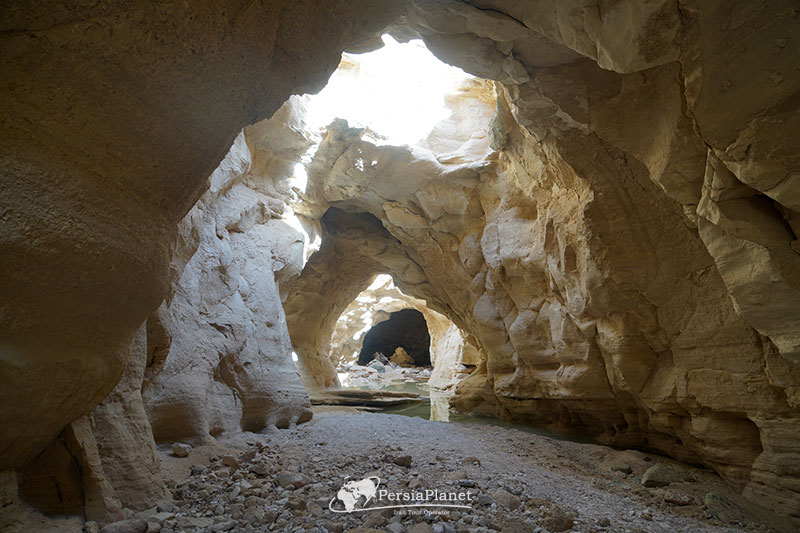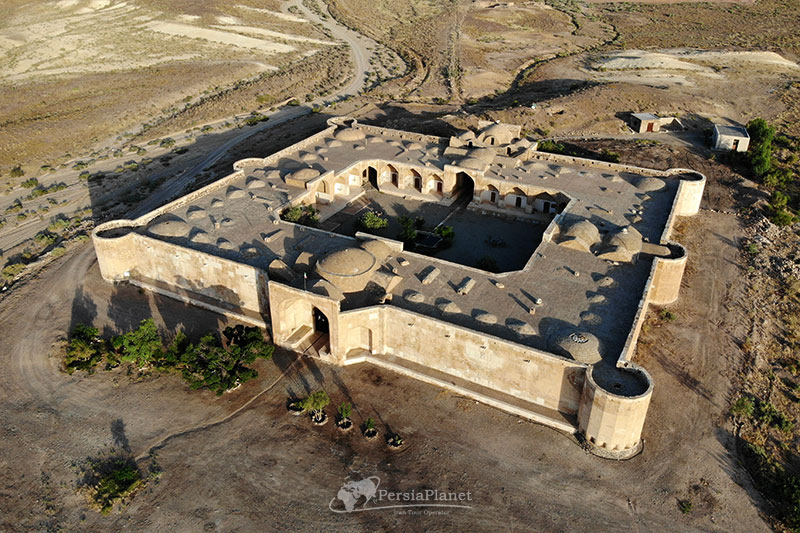Ancient Place
Ancient Place
- All
- Adventure
- Ancient Place
- Beach
- Bridge
- Canyon
- Caravansary
- Castle
- Cave
- City
- Dam
- Desert
- Events
- Forest
- Garden
- Geo-park
- Hara Forest
- Holy Place
- Hormoz
- Hot Spring
- Island
- Lake & Lagon
- Landscape
- Mountain
- Mud Volcano
- National Park
- News
- Nomads
- Old House
- Protected Area
- Qeshm
- River
- Road
- Salt Lake
- Spring
- Station
- Tourism Area
- Trekking
- UNESCO
- Valley
- Village
- Waterfall
- Wildlife
October 18, 2020
Near the city of Basht, in a village called Shush, there are two stone pillars on a low hill, which is one of the tourist attractions of this region from "Kohgiluyeh and Boyer-Ahmad" province.
October 1, 2020
This arch is located next to an old and narrow road that is a short distance from the main road of Sarpol-e Zahab to Kermanshah. There is no other building around the archway for a relatively long distance, and this factor has added to its attractive appearance.
September 29, 2020
The tombs in Siraf are also built in the heart of the stone for this reason so as not to come into contact with the soil.
December 3, 2022
Hawraman Jameh Mosque was built with native and natural materials, and its architecture seems to have followed the style of village architecture.
September 30, 2020
Baba Yadegar Tomb is located at the end of the road leading to Rijab village, and depending on the road conditions and the busyness of the route, you can travel by car to the vicinity of the tomb.
July 10, 2021
The Church of the St. Mary (Armenian: Chapel of Dzordzor) is a church located in Mako County, West Azerbaijan Province.
September 29, 2020
This cave has been dug to transfer water from the mountainous areas south of the village and is unique in its kind. This cave is known in the local language as Giri Konar or Behdeh.
October 1, 2020
Ghasr-e Bahram Caravansary is located in the middle of a vast plain and there are no other artificial structures around it for a relatively long distance.

